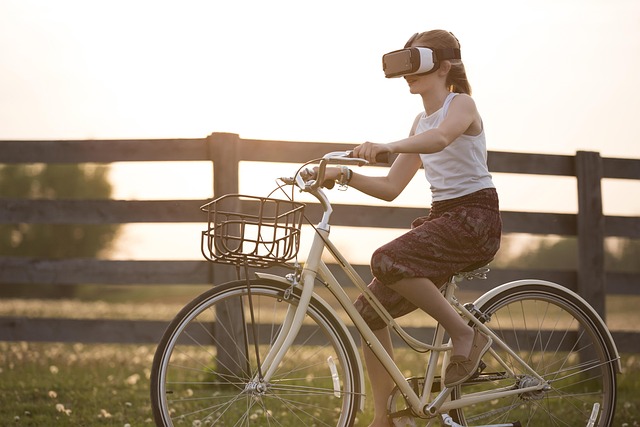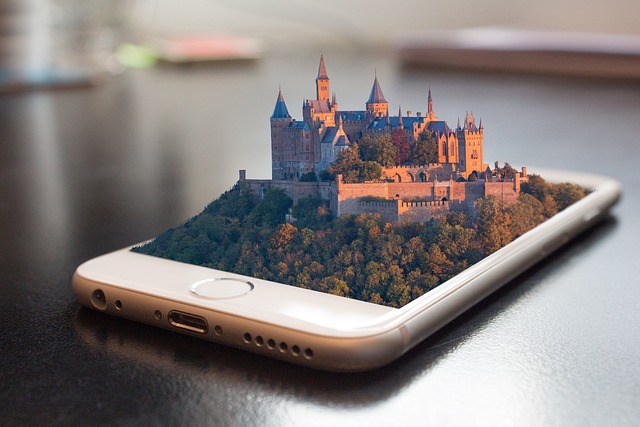
Exploring Educational VR Systems: The Future of Learning
The landscape of education is continually evolving, and one of the most exciting developments is the rise of educational VR systems. These innovative tools are not just a fleeting trend; they’re reshaping how we perceive and engage with learning. Imagine stepping into a world where history isn’t just read in textbooks but experienced firsthand, or where complex scientific concepts are visualized in engaging three-dimensional forms.
Virtual reality (VR) offers immersive experiences that transport learners into entirely new environments. Picture a student standing on the surface of Mars or diving into the depths of the ocean to study marine biology. With educational VR systems, these experiences are not mere fantasies; they are realistic simulations that provide learners with the chance to interact, explore, and understand their subjects deeply. This immersive quality of VR can significantly enhance retention and comprehension, making learning both intuitive and enjoyable.
Pairing VR with augmented reality (AR) amplifies the educational experience even further. While VR creates a standalone environment, AR overlays digital information onto the real world. Imagine a biology student examining a human skeleton—not just looking at a diagram but using AR to see muscles, organs, and systems in real-time, all while being guided by a virtual instructor. This seamless blend of real and virtual can spark curiosity, promote critical thinking, and foster creativity.
As we venture into the realms of the metaverse, the potential of educational VR systems expands even more. The metaverse is not just a virtual space; it is a collective virtual shared space that integrates various technologies to create a more cohesive online learning experience. Within this expansive digital frontier, learners from around the globe can collaborate on projects, share ideas, and engage in discussions—all from the comfort of their homes. This interconnectedness is invaluable in today’s increasingly globalized society, where collaboration can lead to innovative solutions to complex problems.
Furthermore, the accessibility of educational VR systems means that learning can occur anywhere—be it in a traditional classroom or through individual explorations at home. This flexibility caters to diverse learning styles and can significantly improve accessibility for students with disabilities, enabling them to participate in experiences that might have previously been impossible.
In summary, as we explore the potential of educational VR systems, it is clear that they are paving the way for a more engaging, inclusive, and effective learning environment. The future of education lies in blending technology with pedagogy, creating experiences that not only educate but also inspire. As educators and learners embrace these advancements, the possibilities are limitless.


